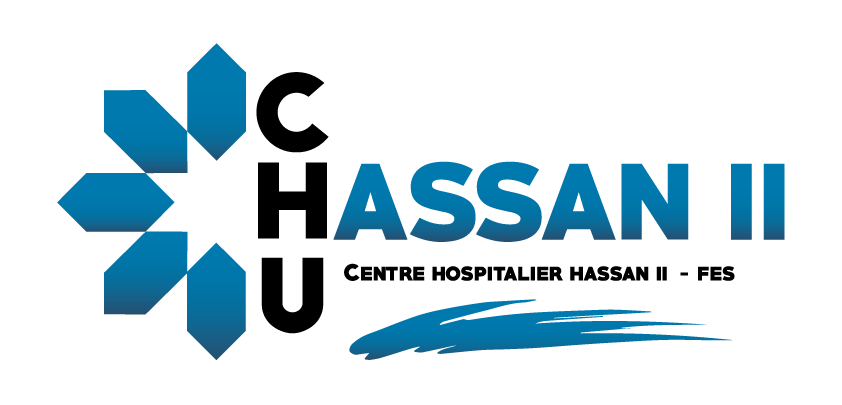Myasthenia gravis is an autoimmune disease linked to a defect in neuromuscular transmission. It is manifested clinically by muscle fatigue accentuated during exercise.
Given the role of the thymus in the pathogenesis of the disease, thymectomy is one of the most important therapeutic aspects. However, like all interventions performed in the myasthenic patient thymectomy is not without risk and has a significant morbidity.
With the aim of highlighting the support terms of perioperative thymectomy for myasthenia, we conducted a descriptive retrospective study of patients who underwent thymectomy for myasthenia central operating room of the CHU Hassan II Fez between January 2010 and December 2014.
19 patients were included in the study. The average age was 35.26 years operated, with a sex ratio female / male 1.7 (12 women and 7 men). The diagnosis of myasthenia gravis has been confirmed by data from the electromyogram in all patients. Anticholinesterase pyridostigmine was used most frequently (17 cases including 6 in combination with corticosteroids and intravenous immunotherapy in 2 needed).
All patients had a score of muscle strength below 100 with an average of 81.
Four patients in our series had a restrictive pattern with an average CV of 1.7 L, an average of 70% and FEV the average ratio (FEV / CV) was 85% .17 patients in our series had a score lower Leventhal 10 and two patients had a score above 12.
14 patients did not need to neuromuscular blocking agents during induction of anesthesia. While neuromuscular blockade was required in 5 patients. The neuromuscular blocking agents used were rocuronium 0.5 mg / kg (1/2 dose) in a patient and vecuronium 0.04 mg / kg (1/3 dose) in patients.Trois 4 patients underwent a monitoring curarisationpar the train- of-four (TOF) at the wrist and muscle strength measured at the adductor pollicis.
The surgical approach was standard median sternotomy in all our patients. The surgical procedure consisted of a simple thymectomy thymectomy and 17 cases with radical mediastinal lymphadenectomy in 2 cases. 17 patients were extubated in the operating room, including 7 patients in the operating room and 10 patients in the PACU. While two patients required mechanical ventilation in ICU A4 lasting less than 24 hours.
The 5 curarized patients had at the end of the intervention by antagonizing a néostigmine.La NIV was applied in all patients systematically. Cholinesterase inhibitors and corticothérapieont premedication was administered and then taken to the usual doses same day of hospitalization in ICU.
The postoperative course was uneventful in 13 patients. While 6 patients had postoperative complications.
The average length of ICU stay was 2 days in 13 patients who had simple postoperative, 6 days in 4 patients with respiratory complications, nine days for a patient witch the postoperative were marked by the occurrence of thoracic empyema and 15 days in a patient who presented a picture of postoperative myasthenic crisis.
Two patients in remission evolved gradually under the same doses of cholinesterase inhibitors, 13 patients improved with a significant improvement in their symptoms in the week after thymectomy and two patients worsened after surgery, which constitute a mortality rate to 10.52%.
A proper management of perioperative thymectomy for myasthenia reduces the morbidity and cancels the balance sheet of mortality
| Référence | 963 |
| Année | 2015 |
| Type | Thèse |
| Lien document | |
| Auteur | Tafrant A |
| Discipline | Réanimation Polyvalente 2 |
| Encadrant | Kanjaa N |

